
Unit 07 of the course seeks to develop the research tool, as we engage the various historical lineages of visual art more deeply.
- Subject:
- Visual Arts
- Material Type:
- Module
- Author:
- Frederick Spaulding
- Date Added:
- 02/18/2021

Unit 07 of the course seeks to develop the research tool, as we engage the various historical lineages of visual art more deeply.

Unit 08 focuses on the development of Modern and Postmodern influences that have shaped the art of today.
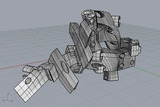
In Unit 09 we will return to the primary goal of the course which is to put all of the basic perspectives together. This part of the course allows you to activate your individual voice to show your ability to analyze a work of art from personal observation and to advocate for the work that excites you the most.
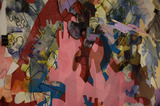
Unit 10 includes all of the course exercises and quizzes for the VATTT: Visual Art Tools Terms and Topics Art Appreciation course.
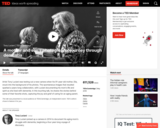
Artist Tony Luciani was testing out a new camera when his 91-year-old mother, Elia, snuck into the background of his photos. The spontaneous images that resulted sparked a years-long collaboration, with Luciani documenting his mom's life and spirit as she lived with dementia. In this touching talk, he shares the stories behind some of their favorite shots, capturing the joy and grief of caring for an aging parent. Duration: 13:23.
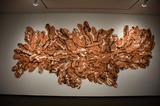
This resource is based on a series of topics that support the study of visual art. The resource provides links to readings and example works of art hosted at museum and academic websites that are freely available on the internet. The link documents are live and under continual revision to allow for the addition of new content. I hope they will be useful in engaging art works on a deeper level.
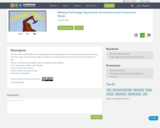
Basic skill development in hand-forging steel, forge welding, scroll-forming, shaping, and joinery utilizing hammers, anvils, and coal and gas forges. Emphasis on techniques and processes to demonstrate versatility and skill.
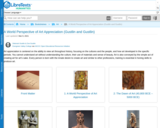
Art appreciation is centered on the ability to view art throughout history, focusing on the cultures and the people, and how art developed in the specific periods. You cannot understand art without understanding the culture, their use of materials and sense of beauty. Art is also conveyed by the simple act of creating art for art’s sake. Every person is born with the innate desire to create art and similar to other professions, training is essential in honing skills to produce art.
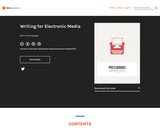
Welcome to Writing for Electronic Media, an OER textbook. OER stands for Open Educational Resource, which means it’s free for all who access. Since it is electronic, I will do what I can to keep it updated with the changing media. People’s viewing habits are changing as they migrate to mobile sources, social media, and kitten videos. Television News is still a dominant #1 source, and radio is still the safest way to stay informed in your car. Hopefully, you already have some journalism background. This book does not teach the who, what, when, where, why, and how of reporting; its goal is to teach how to present the journalism you already know via electronic media, primarily television.